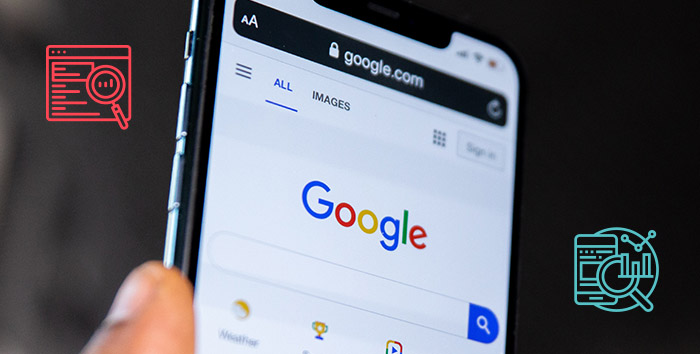Looking to increase your organic traffic and build brand awareness with optimized content? You’ve come to the right place. Learn about the basics of creating content for SEO along with the importance of writing with user intent in mind.
What is SEO and Why is it Important?
Search Engine Optimization, SEO for short, is a content marketing strategy aimed at increasing website traffic and brand awareness by ranking at or near the top of search engine results pages. This is done by combining various tactics such as keyword research, link building, and content creation so search engines like Google and Bing can better understand and rank your website for users to easily find.
When was the last time you clicked on the second or third results page of a Google search? Probably never. That’s exactly why SEO is so important. If your website isn’t ranking high on search results, users won’t easily find it.
Search Engine Optimization vs Search Engine Marketing
Before we dive any deeper, it’s important to understand the difference between Search Engine Optimization (SEO) and Search Engine Marketing (SEM). Although they serve similar purposes, they are two separate approaches with key defining qualities:
- SEO - using organic strategies to rank in search results
- SEM - using paid strategies to rank in search results, also known as PPC (pay-per-click)
Creating a balance between these two approaches based on your goals and current performance can help increase your visibility to potential customers. But for now, let’s focus on how to create SEO content that is useful for your audience.
Creating Content for SEO and Users
If you spend time and effort researching and employing SEO tactics to help people find a website, don’t you want it to provide them with useful information and solutions they desire? That’s why it’s crucial to write content with the user in mind.
But who are your users? Get to know your audience by researching their demographics, the type of content they consume, and the information they want to find. Only after doing this research can you begin to create effective content for SEO.
Keyword Research
Keyword research is the process of searching for words and phrases that people are most likely to type into a search engine. By finding popular keywords, you can strategically place them in your online copy, helping you rank higher when these words are searched. Keyword research can also help you better understand your target audience and create content they want to read.
Keyword research typically starts with a seed word, a word that gets your research started. Seed words can be entered into a keyword research tool and from there, you can find relating words and phrases searched by your audience.
You can also discover useful data like monthly search volume. This indicates how many users are searching for a particular word as well as how challenging it will be to rank for it. Targeting terms with a low search volume can be beneficial because they’re less competitive. But don’t avoid high search volume terms altogether, you still want to include them in the copy so your audience can find your content. As a result, we recommend you create a balance that will be most advantageous to attract visitors to your website.
Types of Online Content
After conducting keyword research and choosing the terms you want to target, it’s time to start writing. There are multiple types of online content you can create:
- Blog posts – a simple and effective channel for SEO content; help develop authority on industry-related topics
- Multi-page guides – longer, more detailed content that describes how to do something; spread across multiple pages that link to one another
- Articles – can be long or short form; interviews, feature pieces, and content found on newspaper or magazine websites
- Videos – how-to videos for your product or an industry-related process; include a text transcription for SEO purposes and to make sure they are ADA compliant
- Photo galleries – a picture is worth a thousand words, especially when titles, captions, and image file names are optimized
- Glossaries – search engines are the new dictionaries; glossaries can be useful for specialized industries such as medicine, engineering, etc.
- Informative Lists – clickable and easy to scan; can also link to your other content
To decide what content to create, ask yourself, “what is my audience trying to accomplish?” and choose the type of content that best suits their intent.
Determining Content Value with E-A-T
So now that we know offering valuable content will please both search engines and users, how do we decide what’s valuable?
E-A-T is a concept that Google’s Search Quality Rater Guidelines uses to determine the quality of a website. E-A-T stands for expertise, authoritativeness, and trustworthiness; and websites with these qualities are rewarded by search engines. If you follow E-A-T when creating content for SEO, you can be sure you’re producing useful content.
Best SEO Practices, White Hat vs. Black Hat SEO
Although you have the freedom and creativity to choose the best SEO strategy for your website, it’s best practice to conduct white hat SEO strategies. White hat SEO is simply the “right”, or ethical way to optimize a website. White hat tactics include following search engine guidelines as well as earning rankings fairly by providing quality content, quick loading times, and easy website navigation.
There are also tactics for ranking that should be avoided. These are classified as black hat SEO and are manipulative tactics that are intended to make a website appear more valuable than it is. They infringe upon search engine guidelines and exploit loopholes for the sole purpose of ranking high on search engine results. Tactics to avoid include:
- Keyword stuffing – overusing keywords in an attempt to rank for them; sentences are often annoying to read as a result
- Thin content – has little value to the user; doesn’t meet the user’s intent
- Cloaking – hiding keywords in HTML that users can’t see
- Auto-generated content – content created by a program instead of a human; often makes no sense
Developing an SEO Strategy
Now that you’ve learned how to understand your audience, conduct keyword research, differentiate the types of content you post, and avoid low-value tactics, you can create effective online content for both search engines and users. Or, if you’re feeling overwhelmed about determining an SEO strategy, contact us, and let your favorite Akron SEO company do the work for you. We have the SEO technical know-how to optimize your site and create content your customers are searching for online.


